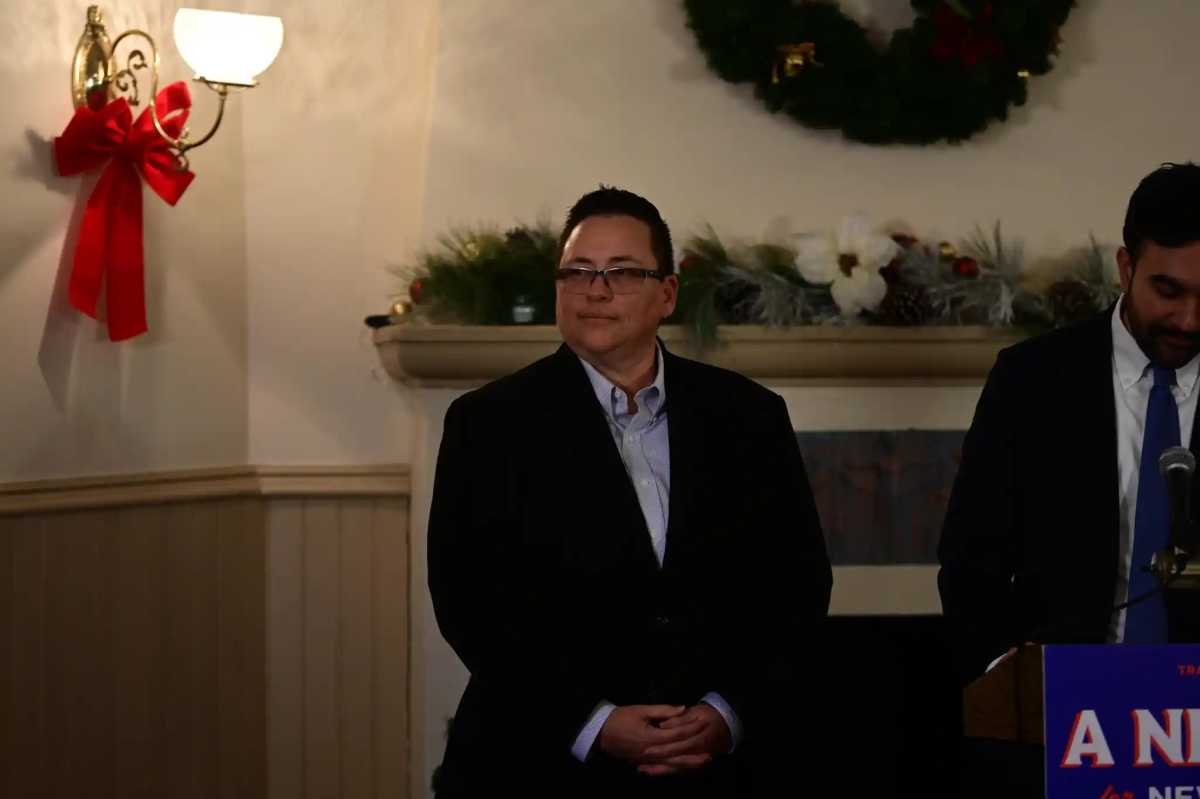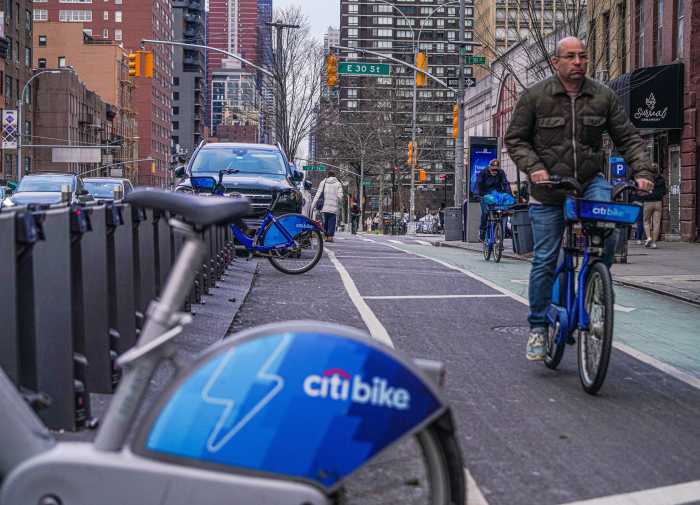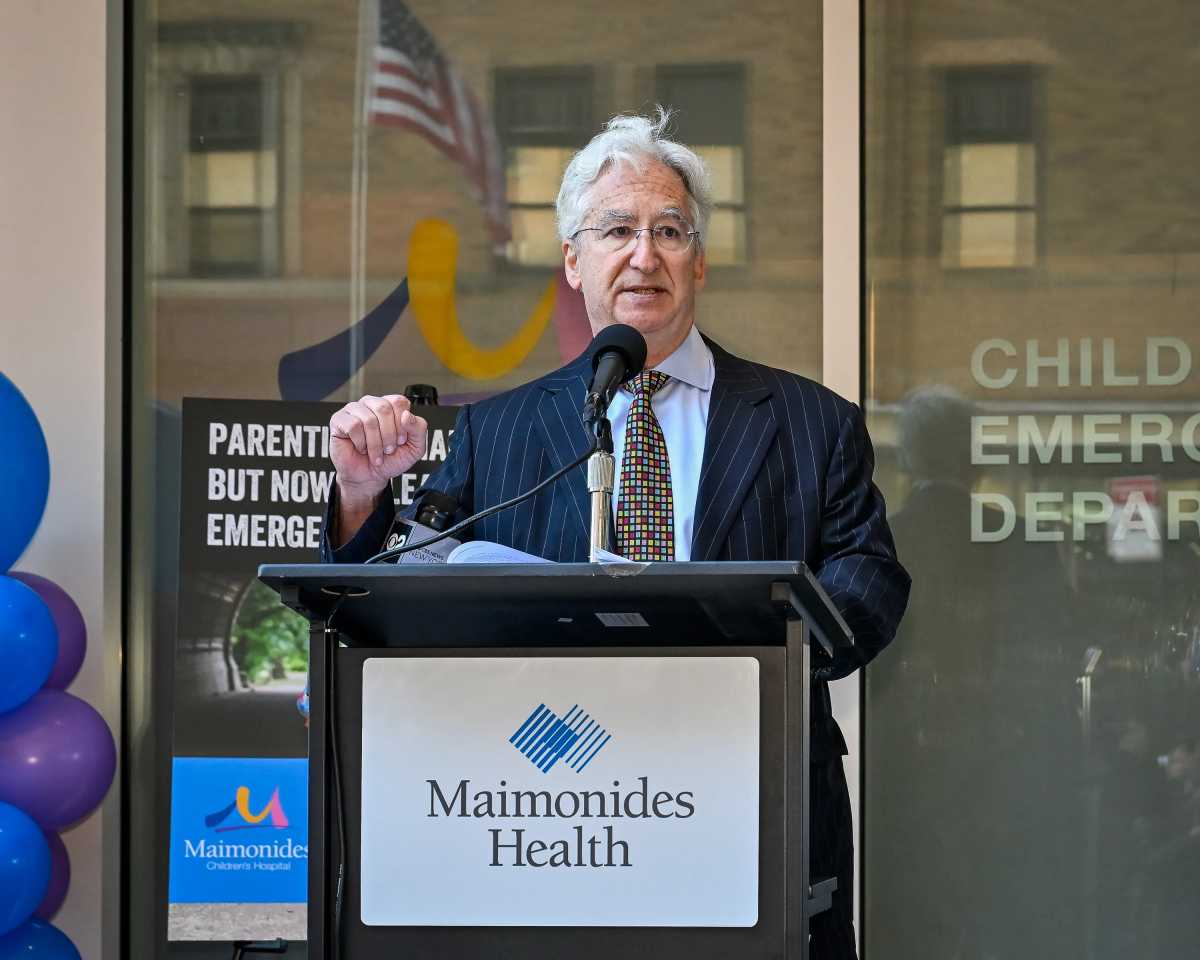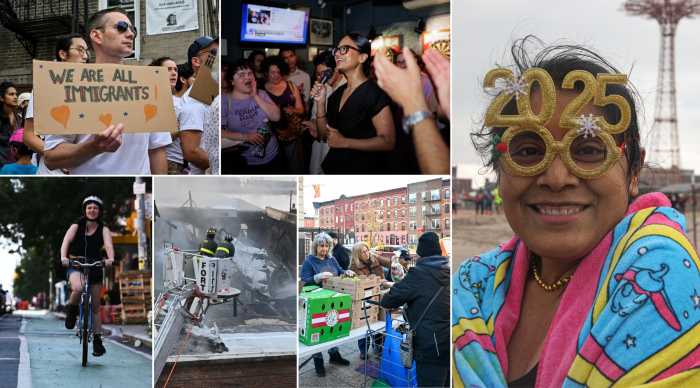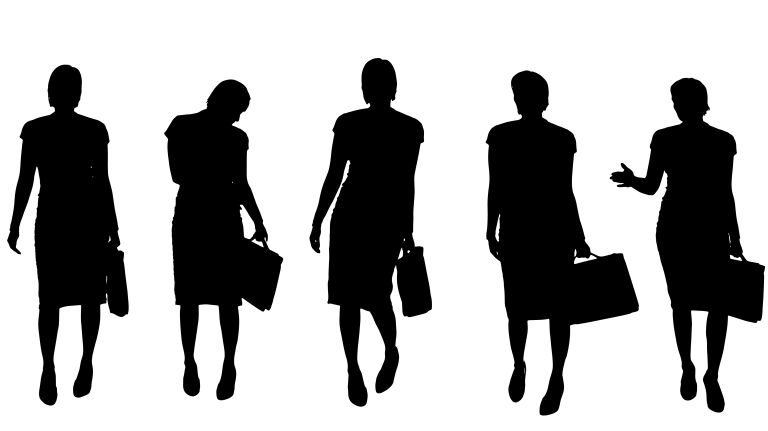
A survey from PayScale.com shows that women earn 25.6% less than men overall and 2.7% less than male colleagues in the same jobs.
PayScale, an online salary, benefits and compensation information company, identified several factors contributing to the gender pay gap: men dominating fields and industries that traditionally yield fat paychecks, a widening disparity in pay as men and women advance up the corporate ladder, penalties placed on working moms (men, conversely, earn more when they have children), and unconscious bias by supervisors and colleagues that contribute to discriminatory behavior and policy.
Interestingly, single men and women without children who said they never prioritized their families over their jobs had equivalent salaries. Married moms made 31% less than married dads overall. Compared to married men with kids in the same jobs, they still made 4.2% less. “When a man becomes a father, he gets a fatherhood bonus; a woman gets a mommy penalty,” said Beverly Neufeld, president of Powher New York, a statewide organization devoted to securing pay equality.
Single moms had the worst median salaries of anyone in the survey; Neufeld noted that women of color suffer particularly from wage disparities. “It takes (the average) Latina working full time 22 months to make what (the average) white man makes working full time in 12 months,” she said.
“This new data confirms what we’ve seen in our analyses of the City and nation’s job markets: when companies lack flex time and family leave policies, it throws up roadblocks for women to re-enter the workforce while hurting their long-term earnings prospects,” City Comptroller Scott Stringer said.
“It’s not fair” that women make less, said Vanai Lathan, 21, a retail sales associate from Brooklyn, noting that “a lot of women want to work in construction,” but find themselves discouraged from doing so, stigmatized or belittled.
Many people think that women making less than a man “is normal,” added her colleague, Titanna Baker, 22, a retail sales associate who lives on the Upper West Side.
A 2014 policy brief issued by Stringer showed that NYC women earned 82.1% of what men did, with a man’s average earnings $70,889 and a woman’s $58,207.
There was a bright spot, though, for millennials, who have greater wage parity than previous generations. A single, childless man in NYC under age 35 made $68,420 and his female counterpart made $65,958 — 96.4% of his salary. However, the gap widens as people progress in their careers, according to the report.
The survey reaffirms the need for policies “that view family and work demands as complementary, not competing interests,” Stringer said.
New York is more progressive on the issue of gender equity than many other states, Neufeld said, noting that Gov. Andrew Cuomo signed a large package of legislation last month that strengthens equal pay for equal work requirements, requires reasonable accommodations for pregnant women, prohibits employers from not allowing employees to discuss their salaries and helps protect employees in small businesses from sexual harassment.
Salary transparency is hugely important, said Neufeld: “You need to find out what other people are paid and make sure you’re paid equally.”
Also necessary, she continued, is a livable minimum wage, because most minimum wage workers are women, and women are also less likely to be in well paid union jobs than men. A study released in September by Women’s Policy Research showed that women who belonged to a union had a 25% wage advantage — earning an average of $191 more a week — over women who did not.
The salary gap can be narrowed by encouraging girls to go into higher paying fields in science, technology, engineering and mathematics, union jobs and other male dominated fields. (On Friday, four new FDNY probies will graduate, making a total of 49 female firefighters in the 10,000 member department.) But higher valuation must also be placed on “women’s work,” Neufeld said. “Women’s work is undervalued and underpaid. . . We really need to ask why we pay someone who takes care of our older relatives and our children less than someone who takes care of our lawns and our buildings.”
The stakes are high, Neufeld added, because inequality compounds over time. The Financial Women’s Association concluded that the average working woman loses $530,000 over her lifetime to unequal pay and benefits. Unequal pay, Neufeld said, “really contributes to the growing population of older women living in poverty.”
– With Rebecca Harshbarger and Jason Shaltiel




